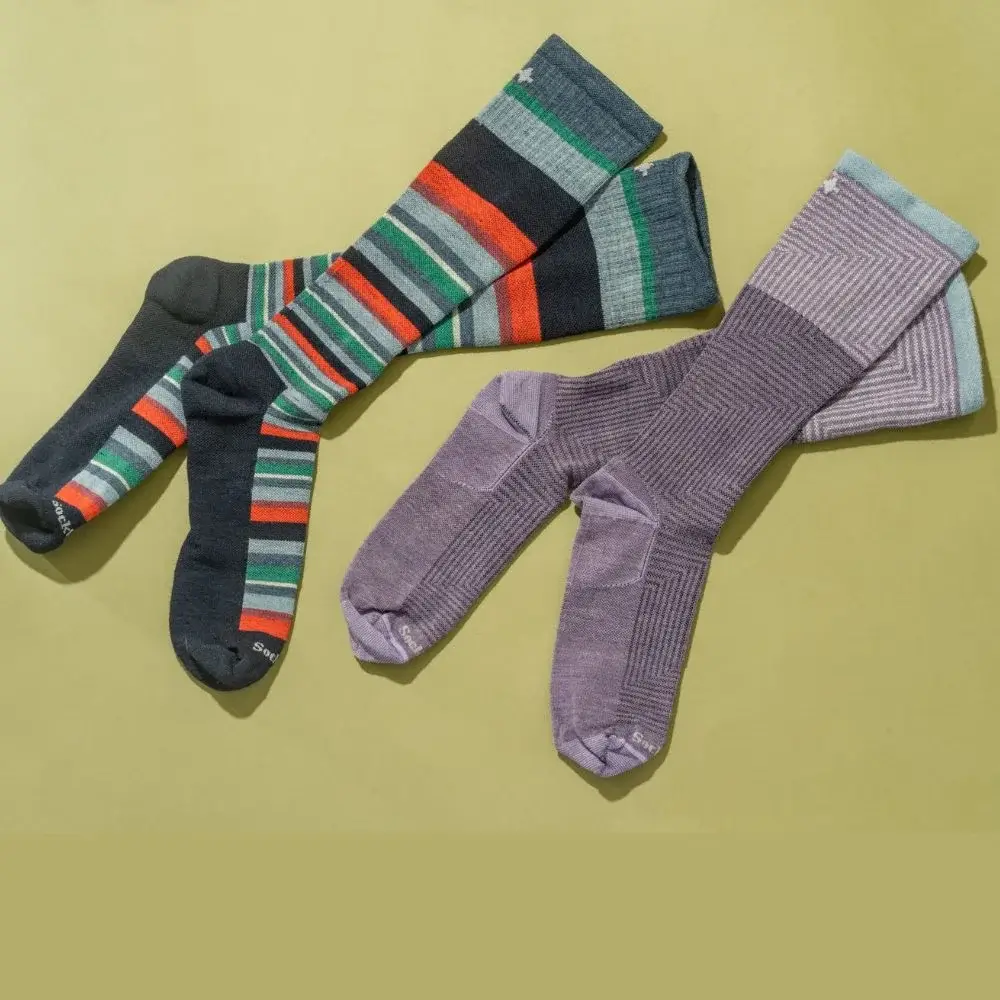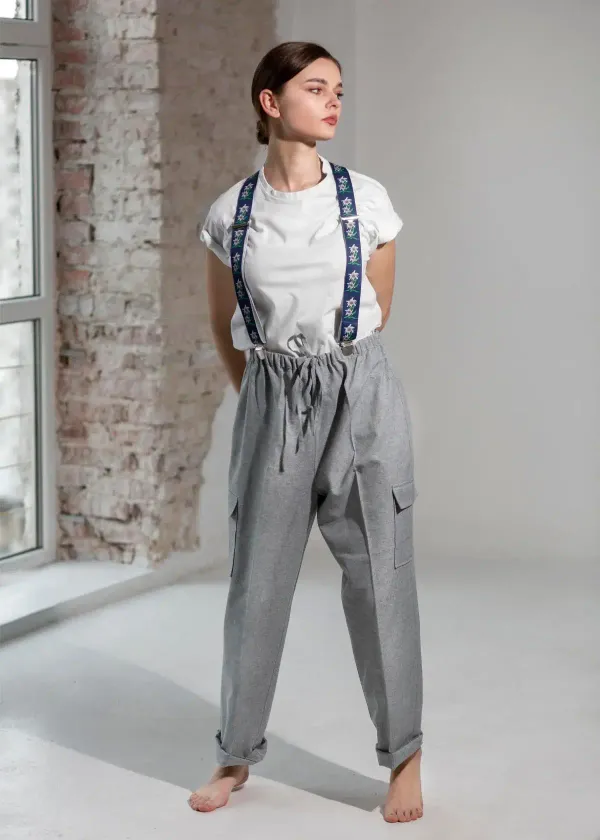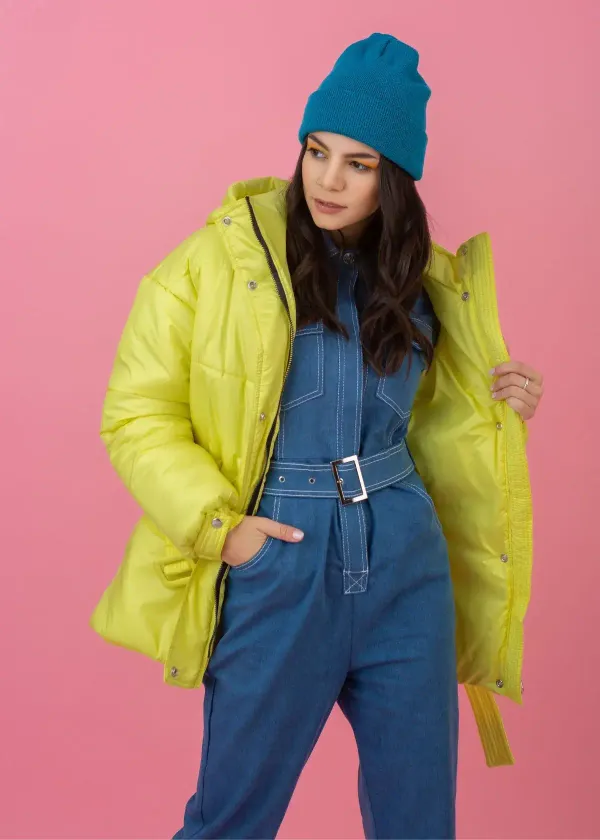Socks are a crucial part of our daily wardrobe. They keep us comfortable and fashionable at the same time. Compression socks, in particular, have become popular among fashion lovers and fitness enthusiasts. These socks use pressure to help improve blood circulation, reduce swelling, and prevent leg fatigue. They are a significant investment, especially for women on their feet all day. But with so many options available, how do you pick the right ones? In this blog post, we will discuss tips for choosing the right compression socks for women.
Know your needs
First and foremost, it is essential to identify why you need compression socks. Do you stand or sit for long hours? Are you a runner or athlete looking for workout gear? Do you have specific medical conditions? Knowing your needs will help you determine how much pressure you need and which style would work best for you. Compression socks come in various pressure levels ranging from 15 to 40 mmHg. If you have any medical issues, talk to your doctor before purchasing compression socks.
Pick the right compression level.
Compression level is a crucial factor to consider when choosing compression socks. It determines how much pressure the socks apply to your legs. It is essential to pick the right level because too much or too little pressure can cause discomfort and negatively affect circulation. Fortunately, most compression socks indicate pressure on the packaging or tags. If you're new to compression socks, it's best to start with a lower pressure level, such as 15-20 mmHg.
Choose the right fit.
The right fit is essential in any clothing, including compression socks. A wrong fit can cause discomfort, skin irritation, and ineffective compression. Measure your legs according to the manufacturer's size chart before purchasing compression socks. The size chart usually considers calf circumference and ankle size. If your measurements don't fit the chart, contact the manufacturer or seller for assistance.
Consider the style and material.
Compression socks come in various styles, lengths, and material types. Knee-length socks are the most popular, but ankle-length and thigh-high socks are also available. The length and style you choose depend on your needs and preferences. Material types include cotton, nylon, spandex, and wool. Cotton is comfortable but less durable than synthetic materials. Nylon and spandex are ideal for flexibility and durability, while wool is suitable for cold weather.
Look for additional features.
Lastly, consider other features that could enhance your compression socks' effectiveness and comfort. Some compression socks have extra padding in the heels and toes, while others have ventilation to dry your feet. You can also look for socks with antibacterial properties or flat seams for added comfort.
Choosing the right compression socks may seem overwhelming, but with the tips above, you can select the perfect pair for your needs. Remember to identify why you need compression socks, determine the right compression level, and pick the right fit, style, and material. Look for other features that could enhance your comfort and effectiveness. Following these tips, you'll find the right compression socks that keep you comfortable and fashionable all day.
Whether you're constantly on your feet or just looking for extra support during physical activity, finding the right compression socks is crucial. As any woman knows, navigating the athletic apparel world can be overwhelming, but fear not! You've done the research; now it's time to reap the rewards. Our list of the best compression socks for women is chock-full of options to suit all needs and preferences. From affordable to high-end, ankle-length to knee-high, we've got you covered. So why wait? Click the link and find your new favorite pair today!
What is the recommended time to wear compression socks each day?
The recommended daily duration for wearing compression socks typically falls within 12 to 14 hours. This time frame strikes a balance between providing the maximum benefits of compression while avoiding discomfort or excessive pressure on your legs. Wear them during your waking hours and remove them before bedtime. However, it's crucial to note that the ideal wearing time may vary depending on your specific medical condition or the advice of your healthcare professional. Therefore, it's essential to consult with a healthcare expert to receive personalized guidance on how long you should wear compression socks each day.

What are some exercises to improve circulation when wearing compression socks?
When wearing compression socks, incorporating specific exercises into your daily routine can help enhance circulation and optimize the benefits of the socks. Some practical exercises include ankle pumps, calf raises, and leg lifts. These exercises are designed to engage your leg muscles and promote blood flow, reducing the risk of swelling and discomfort. However, it's crucial to remember that the choice of exercises should be tailored to your individual needs and medical condition. Therefore, consulting with your healthcare provider is highly recommended to develop a personalized exercise plan that complements compression socks.

What is the proper way to put on and take off compression socks?
Correctly putting on and removing compression socks ensures their effectiveness and comfort. To put on compression socks properly, gather the fabric and roll the sock down to the heel. Insert your foot gently and gradually unroll the sock up your leg, ensuring it fits snugly but not too tight. To remove them, roll the sock down from the top, avoiding any abrupt or forceful pulling to prevent damaging the fabric or causing any discomfort. These techniques will help you maintain the integrity of the socks while ensuring that they remain comfortable during wear.

How can I prevent wrinkling or bunching of compression socks?
Preventing wrinkles or bunching in your compression socks is essential to maintain even pressure and provide the intended benefits. The first step in achieving this is to ensure you have the correct size. Proper sizing is critical to preventing excessive fabric that can lead to bunching. When putting on your socks, smooth out any wrinkles as you go, ensuring the material is evenly distributed over your leg. Besides, maintaining the moisture balance of your skin is vital, as dry or rough skin can create friction that causes the socks to bunch. Proper skincare and hydration can help mitigate this issue.

How should I store my compression socks when not in use?
Appropriately storing compression socks when not in use is essential to ensure their longevity and effectiveness. It's advisable to store them in a clean, dry place. Avoid leaving them crumpled, as this can affect their elasticity over time. Rolling them up neatly is a good practice, as it prevents unnecessary creases that may lead to discomfort when you put them on. Consider using a dedicated drawer or a storage bag designed for compression socks to keep them clean and organized. This protects them from damage and makes them readily accessible when needed.
Should I wear compression socks if I have a history of blood clots?
If you have a history of blood clots or are at risk for developing them, wearing compression socks can be highly beneficial. Compression socks help prevent blood from pooling in the legs and reduce the risk of clot formation by improving circulation. However, it's crucial to consult with a healthcare professional before using compression socks in this context. They can recommend the appropriate compression level that suits your specific condition and provide tailored guidance based on your medical history. Your healthcare provider's expertise ensures you receive the most suitable and practical support for your unique situation.







